The Baltic states accelerate plans to synchronize their electricity grids with Continental Europe, ending decades of dependence on Russian and Belarusian systems.
In a landmark step for energy security and integration, the Baltic states are on track to fully synchronize their electricity grids with Continental Europe by early 2026—nearly a year ahead of schedule. This ambitious project not only strengthens the region’s resilience but also positions Lithuania, Latvia, and Estonia as active players in Europe’s green energy transition.
A Long-Awaited Break from the Past
For decades, the Baltic states remained part of the BRELL system—an electricity grid loop controlled from Moscow and shared with Belarus. The decision to disconnect and join the European Network of Transmission System Operators for Electricity (ENTSO-E) was made after years of technical studies, funding negotiations, and geopolitical tensions.
Why Synchronization Matters
- Energy Security: Independence from Russian grid operators removes a critical vulnerability.
- Market Integration: Access to the EU internal electricity market increases competition and stability.
- Renewable Growth: Easier integration of offshore wind, solar, and cross-border green projects.
As Kadri Simson, European Commissioner for Energy, remarked in Brussels:
“This is not just an engineering feat—it’s a declaration that the Baltic energy future is firmly anchored in Europe.”
The Road to 2026
1. Infrastructure Upgrades
Massive investments in interconnectors—such as the LitPol Link (Lithuania-Poland) and Estlink cables (Estonia-Finland)—are being complemented by new lines like the Harmony Link under the Baltic Sea.
2. Grid Modernization
National transmission operators are installing advanced control systems to balance fluctuating renewable inputs.
3. EU Funding
The project benefits from over €1.2 billion in EU grants under the Connecting Europe Facility (CEF).
Economic and Environmental Benefits
- Lower Prices: Increased competition in electricity trading could lower wholesale prices by 3–5% in the medium term.
- Green Energy Surge: By 2030, the Baltics aim for at least 50% renewable electricity generation.
- Industrial Competitiveness: Reliable, affordable power is essential for attracting manufacturing and data centers.
Challenges and Risks
- Grid Stability: Balancing intermittent renewables without Russian backup systems will test technical resilience.
- Cost Overruns: Major infrastructure projects often exceed initial budgets.
- Cross-Border Coordination: Aligning three national energy policies with EU-wide standards is no small task.
Regional Cooperation as a Success Factor
The synchronization project has become a model of Baltic unity—with Lithuania, Latvia, and Estonia aligning technical schedules, funding priorities, and public communications to maintain momentum.
Looking Ahead
The final switch is planned for February 2026, with trial operations starting in late 2025. Post-synchronization, the Baltics will explore deeper integration with Nordic hydro and offshore wind projects, making the region a renewable energy hub for Northern Europe.
The synchronization of the Baltic grids with Continental Europe is more than a technical milestone—it’s a strategic realignment that strengthens security, fosters sustainability, and deepens EU integration.
Do you think the Baltics could become a net exporter of renewable energy by the 2030s?


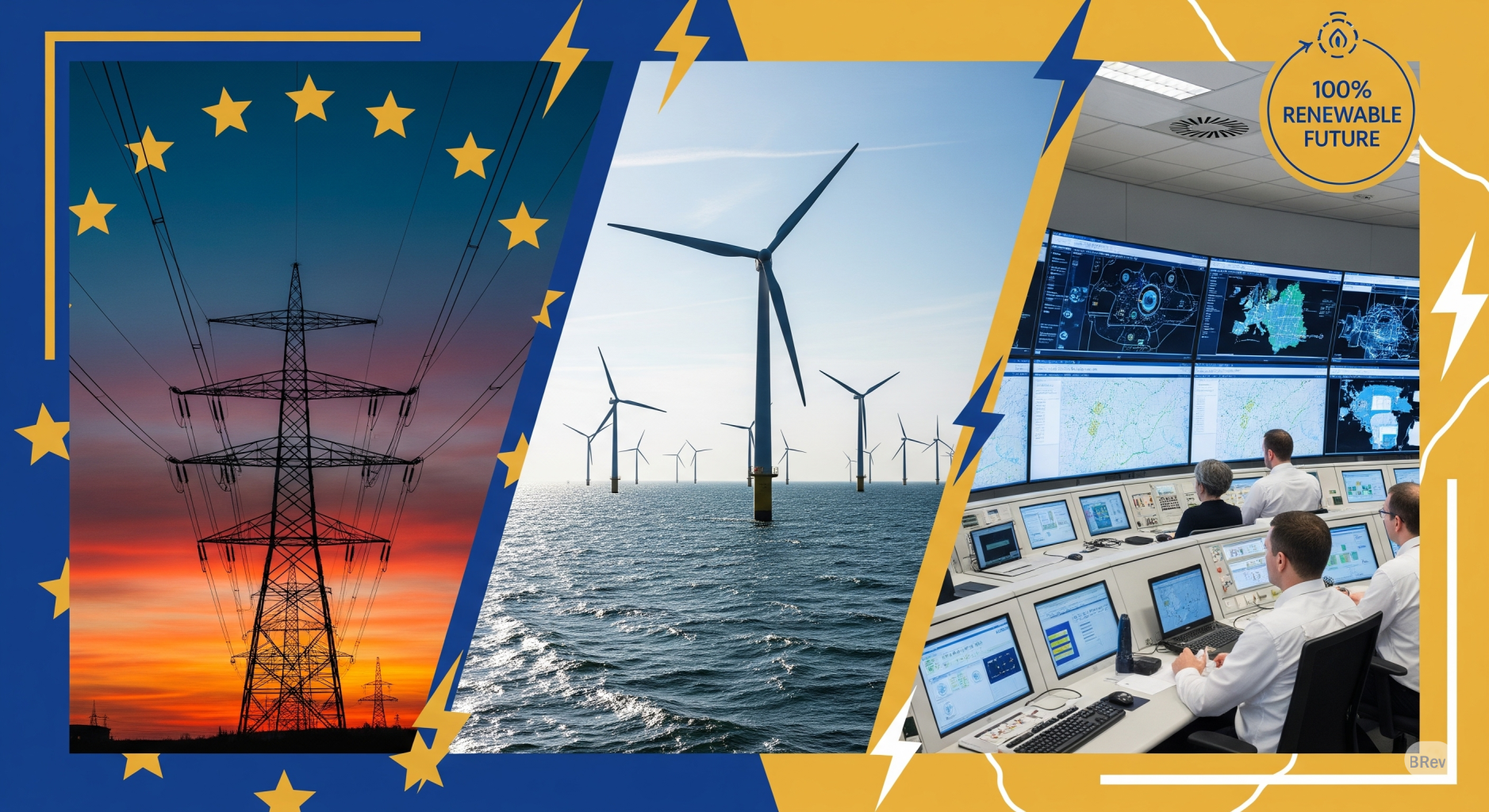


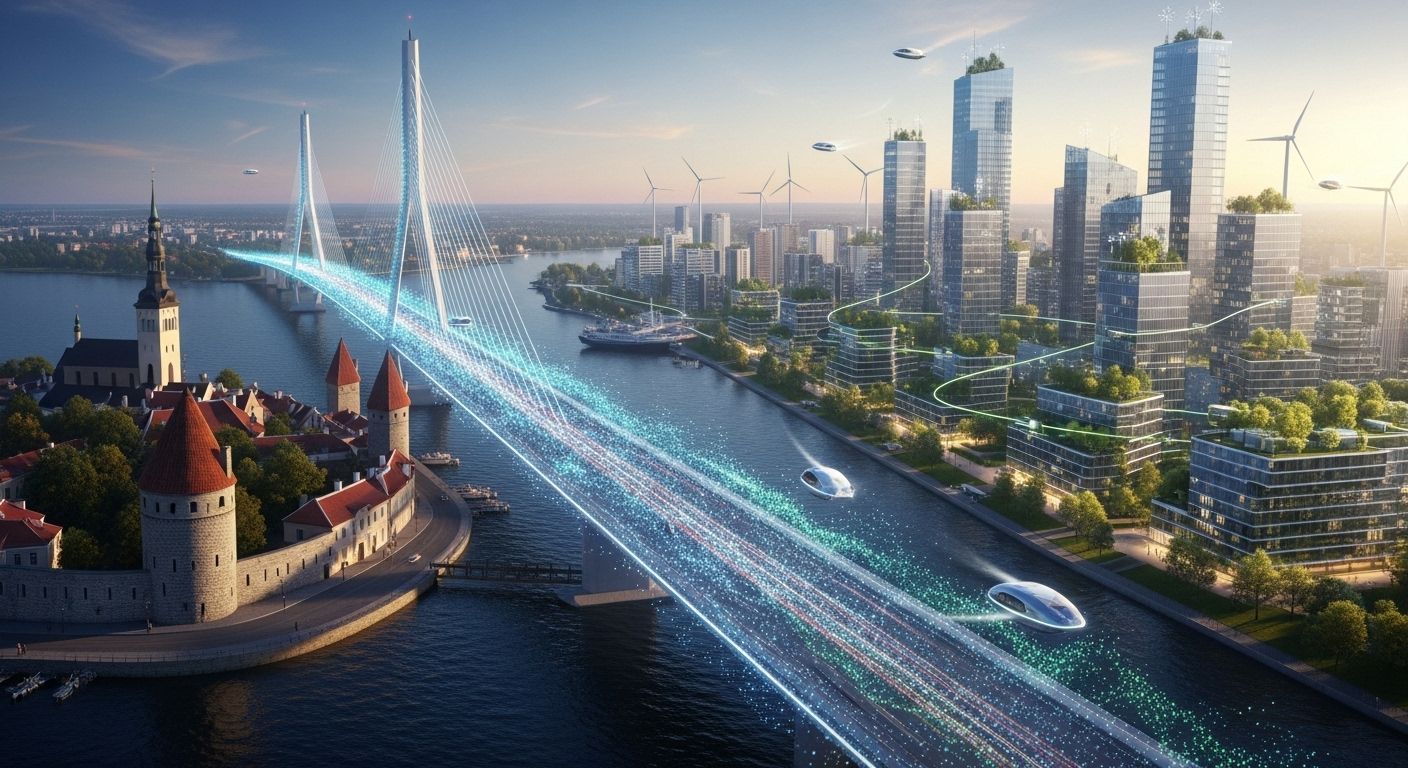
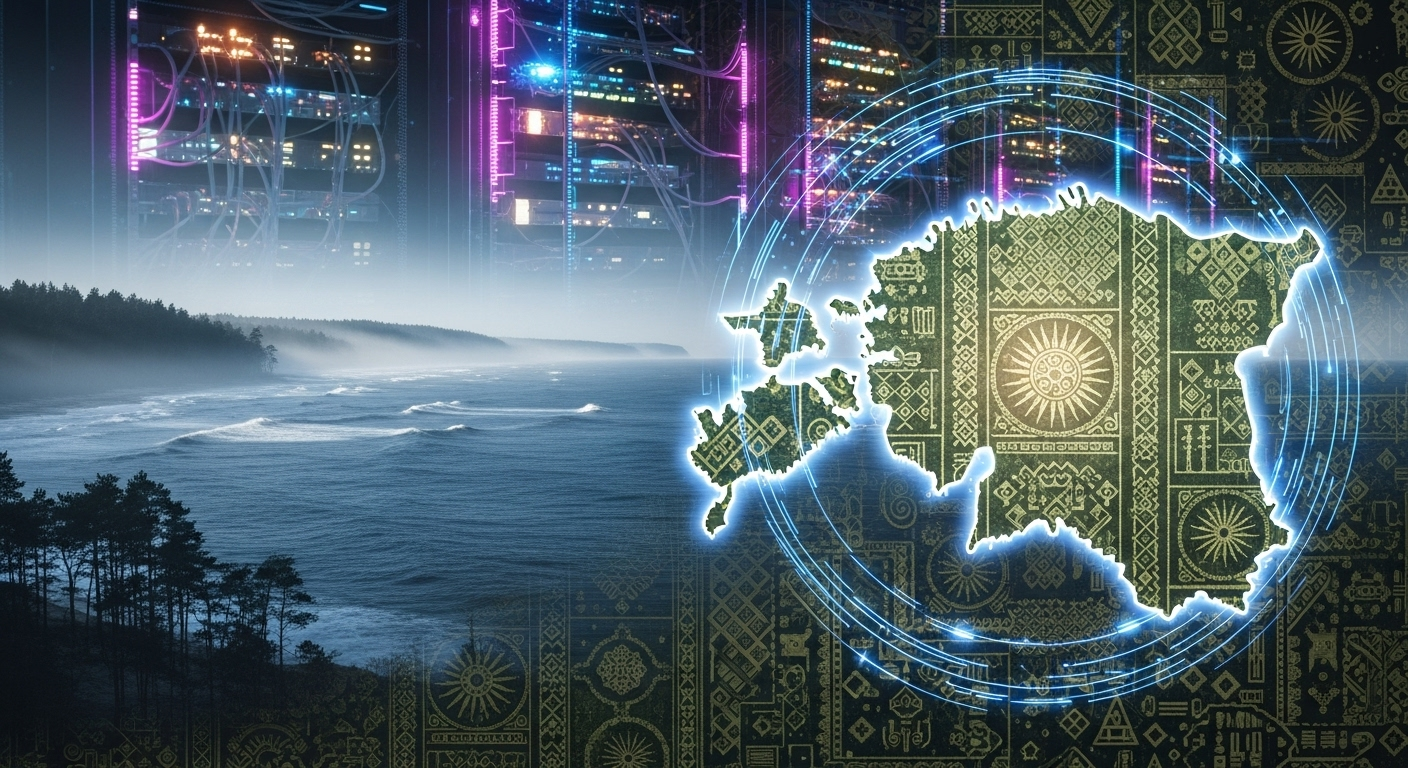

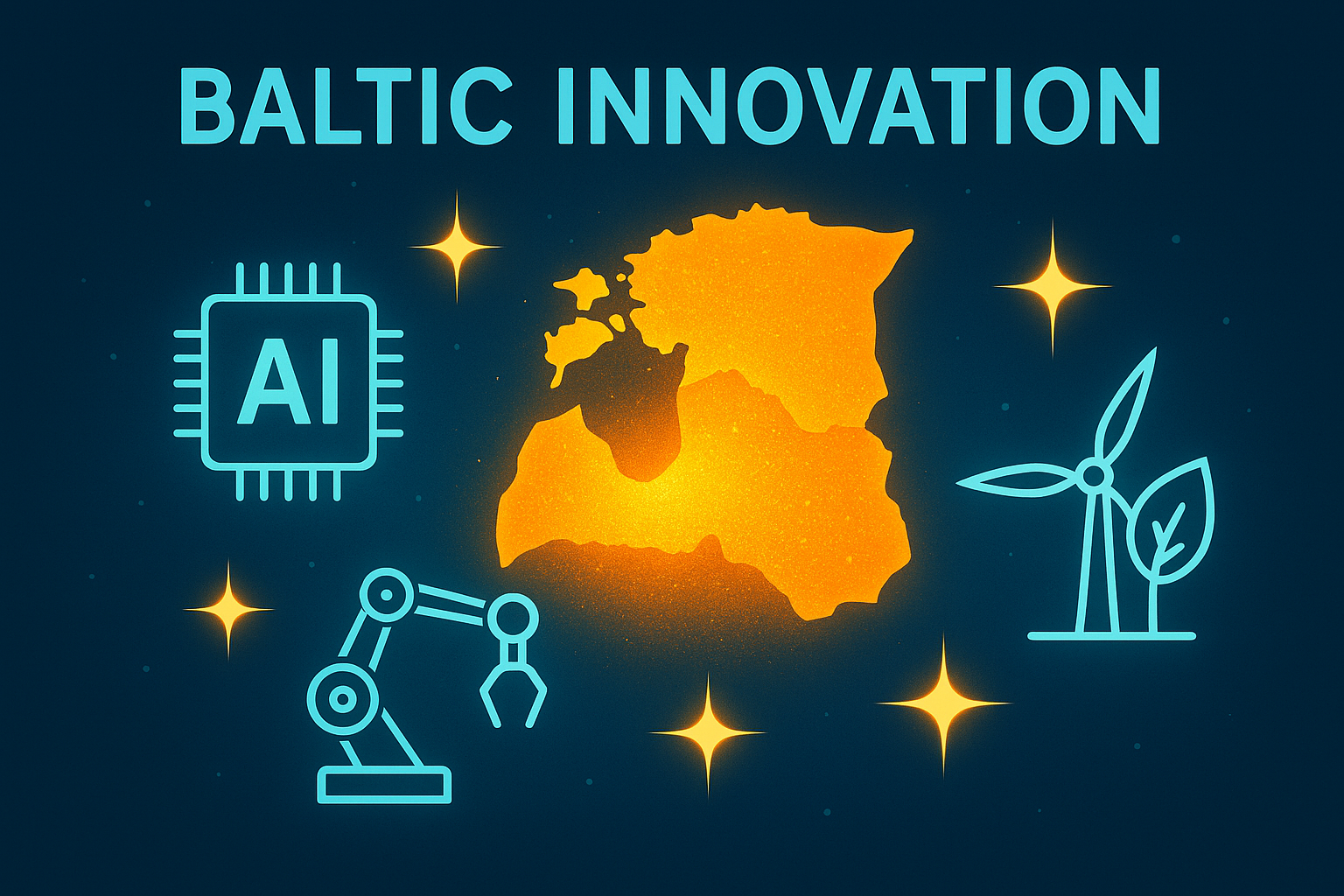

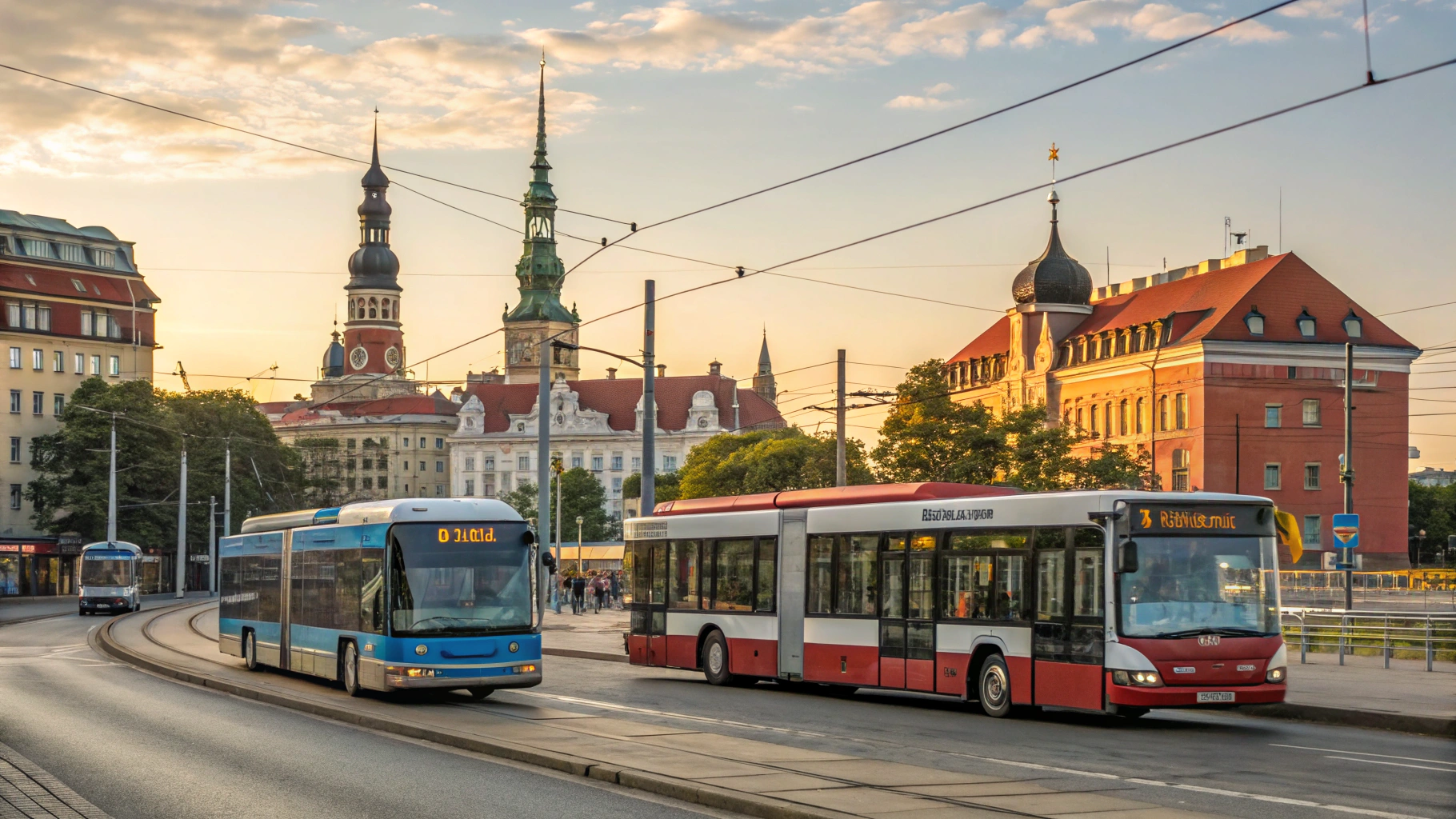

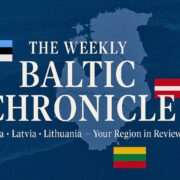




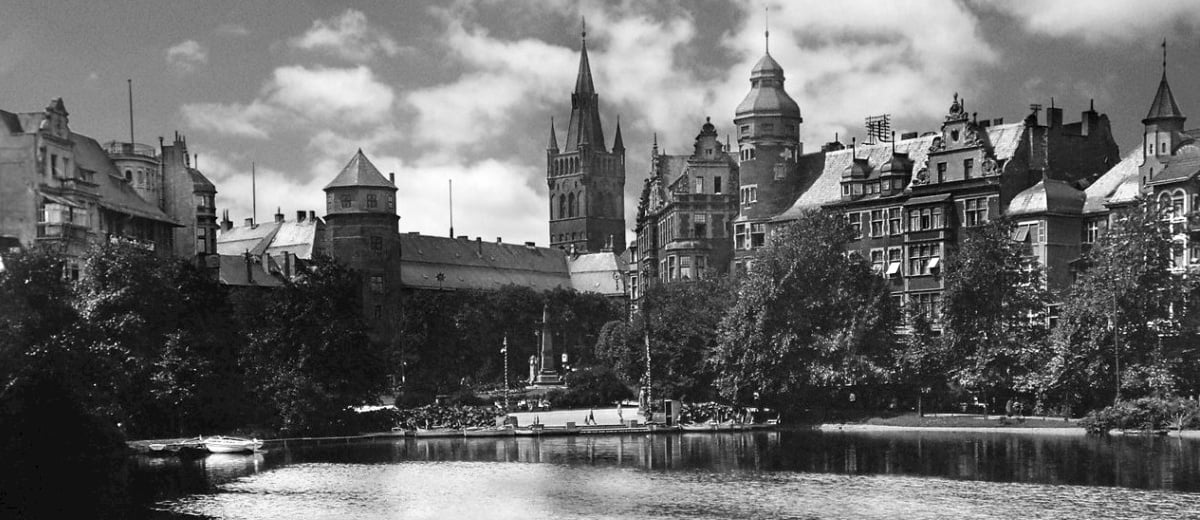



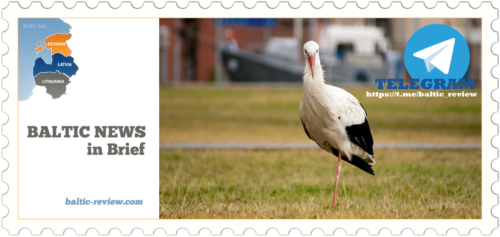


Comments